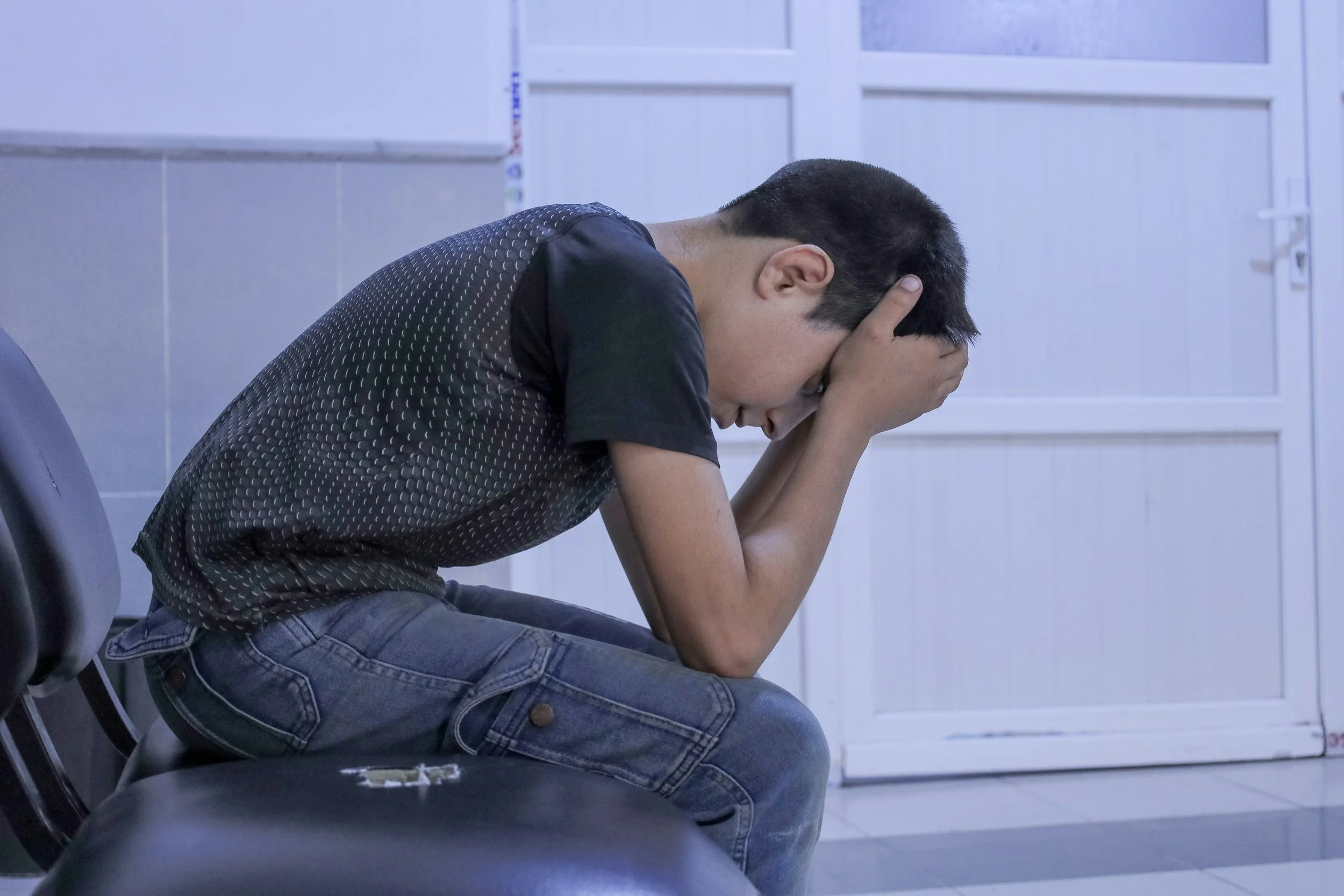
Post Traumatic Stress Disorder (PTSD)
-
Posttraumatic stress disorder in children and their parents following admission to the pediatric intensive care unit
The aim of this study was to look at how admission to the pediatric intensive care unit, for both children and their parents have high rates of trauma exposure, both personally and secondary exposure via other children and their families, and subsequently are reporting significant rates of posttraumatic stress disorder. It’s suggested that mothers are at increased risk for the development of posttraumatic stress disorder compared to fathers. Objective and subjective measures of disease severity yielded mixed findings with regard to the development of posttraumatic stress disorder. Read more here.
-
The Relationship Between Posttraumatic Stress Disorder, Mood States, Functional Status, and Quality of Life in Oncology Outpatients
This aim of this study is to determine the percentages of patients with PTSD and partial PTSD, evaluate for differences in demographic and clinical characteristics among patients with PTSD, partial PTSD, and no PTSD, evaluate for differences in mood states, functional status, and QOL among the three PTSD groups; and to evaluate whether demographic and disease characteristics were predictors of PTSD. Oncology patients are at risk for developing posttraumatic stress disorder (PTSD) and other comorbid mood states, which are associated with decreases in functional status and quality of life (QOL). However, few studies have investigated the relationship between PTSD, other mood states, functional status, and QOL in oncology outpatients. Read more here.
-
Prehospitalization Trauma and Physiologic Factors Associated with the Presence of Post-traumatic Stress 3 Months After PICU Discharge
The aim of this study was aim to examine whether a prior trauma history and increased physiologic parameters due to a heightened sympathetic response are associated with later PTS. Children admitted to the pediatric intensive care unit (PICU) have post-traumatic stress (PTS) rates up to 64%, and up to 28% of them meet criteria for PTS disorder (PTSD). The hypothesis was that children with a history of prehospitalization trauma, higher heart rates, blood pressures, cortisol, and extrinsic catecholamine administration during PICU admission are more likely to have PTS after discharge. Read more here.
-
The Effects of Family Functioning on the Development of Posttraumatic Stress in Children and Their Parents Following Admission to the PICU
The aim of this study was to report the rate of acute stress and posttraumatic stress among children and parents following PICU admission and the relation between family function and posttraumatic stress. It was found that both children and parents have alarmingly high rates of acute stress and posttraumatic stress following the child’s PICU admission. Although family function did not emerge as a predictor in this study, further understanding of the influence of the family and the interplay between child and parent posttraumatic stress is needed to improve our understanding of intervention strategies. Read more here.